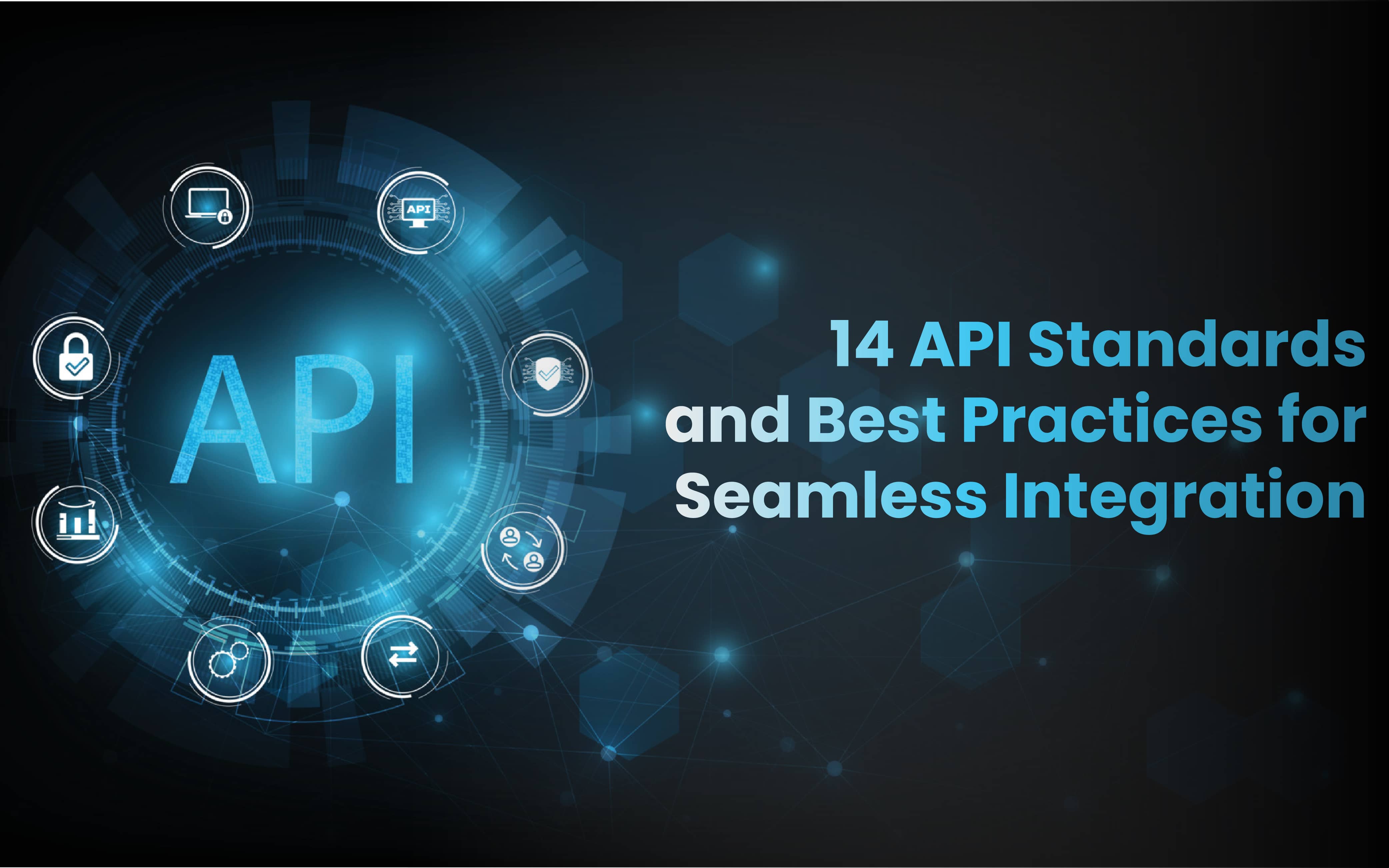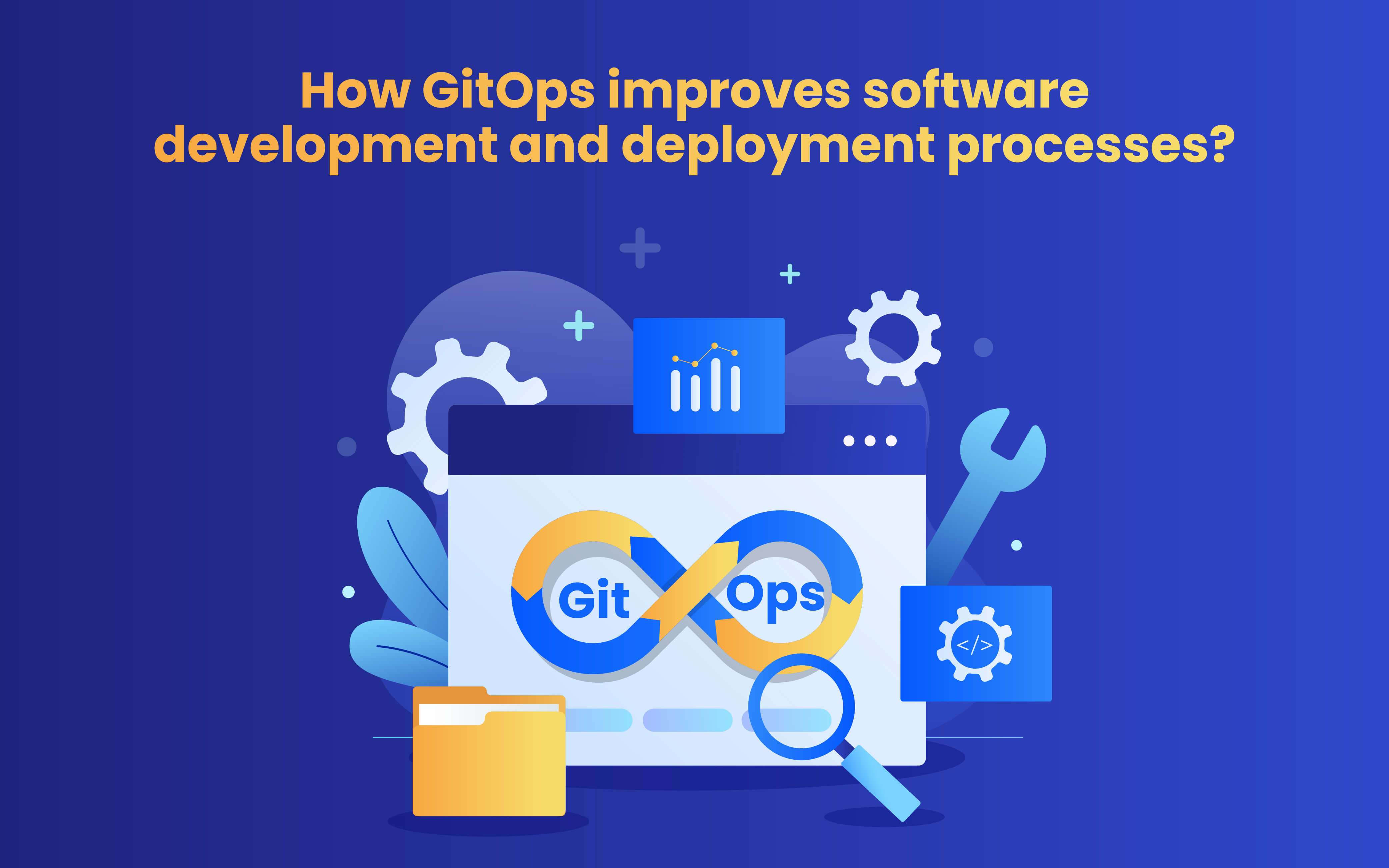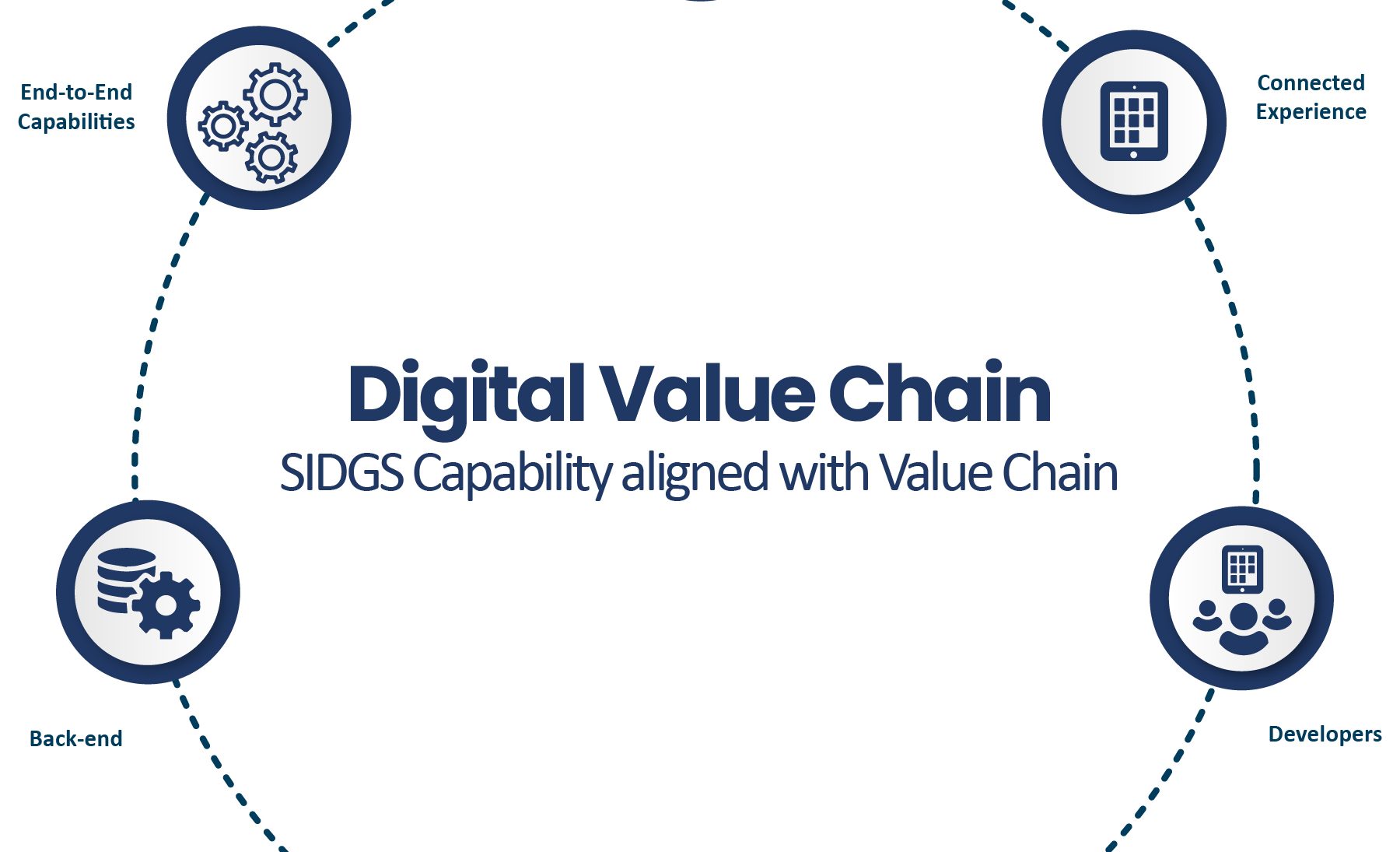Blogs
To know about all things Digitisation and Innovation read our blogs here.
API
14 API Standards and Best Practices for Seamless Integration
SID Global Solutions
5 May 2023

Introduction
Application Programming Interfaces (APIs) are a set of protocols and standards used to define how different software components interact with each other. APIs allow developers to build applications that can seamlessly integrate with other applications and services, enabling the creation of complex software systems. However, building an effective API is not a simple task, and there are many standards and best practices that must be followed to ensure seamless integration between different applications. In this guide, we will discuss top 14 API standards and best practices that can help ensure seamless integration between different applications.
Also Read: Top 10 Patterns To Manage Microservices Architecture
1. RESTful API
Representational State Transfer (REST) is a set of architectural principles used to design web-based APIs. RESTful APIs are designed to be simple, lightweight, and easy to use, making them an ideal choice for many developers. RESTful APIs use HTTP methods (GET, POST, PUT, DELETE) to retrieve, create, update, and delete resources. They are stateless, meaning that each request contains all the information needed to complete the request, eliminating the need for servers to maintain session information.
2. OpenAPI
The OpenAPI Specification is a standard used to describe RESTful APIs. It allows developers to create machine-readable documentation for their APIs, making it easier to discover and use them. OpenAPI provides a standard format for describing the structure of the API, including the available endpoints, input and output parameters, and response codes. It also allows developers to define security requirements and specify any API dependencies.
3. API Versioning
As APIs evolve over time, it is important to maintain backward compatibility while introducing new features. API versioning is the practice of creating multiple versions of an API to ensure that older clients can continue to use the API without any issues. Versioning can be achieved by including a version number in the API endpoint, using HTTP headers to specify the API version, or by using query parameters to specify the API version.
4. API Design
Good API design is critical to creating a usable and maintainable API. APIs should be designed to be intuitive and easy to use, with clear and consistent naming conventions. APIs should also be designed to be scalable and maintainable, with clear error handling and robust security mechanisms.
5. API Security
API security is critical to protect both the API provider and the API consumers from attacks. APIs should be designed to follow secure coding practices, with encryption used to protect sensitive data. APIs should also use authentication and authorization mechanisms to ensure that only authorized users can access the API.
Also Read: The Evolution of APIs: How Simple Integrations Grew into Complex Ecosystems
6. API Testing
Testing is a critical part of the API development process. APIs should be tested thoroughly to ensure that they function as intended and are free from bugs and security vulnerabilities. Testing can be done using automated tools, such as unit tests and integration tests, as well as manual testing by developers and quality assurance (QA) teams.
7. API Documentation
Good API documentation is critical to ensure that developers can understand and use the API effectively. Documentation should be clear, concise, and easy to understand, with examples and use cases provided to help developers get started quickly. Documentation should also be kept up-to-date, with any changes to the API reflected in the documentation.
8. API Management
API management refers to the practice of monitoring, analyzing, and controlling access to an API. API management tools can be used to monitor API usage, track performance metrics, and control access to the API. These tools can also be used to enforce API usage policies, such as rate limiting and access controls.
9. API Governance
API governance refers to the process of managing APIs across an organization. This includes defining standards and best practices for API development, managing API lifecycles, and ensuring that APIs are aligned with the overall business strategy. API governance also involves managing API dependencies and ensuring that APIs are integrated seamlessly with other applications and services.
10. Error Handling
Error handling is an important aspect of API design that can greatly impact the usability of the API. APIs should be designed to provide clear and informative error messages to users when an error occurs. Error messages should include details about the error, as well as suggestions for how to fix the problem. Additionally, APIs should use standard HTTP error codes to indicate the type of error that occurred.
Also Read: The Future of API Development and How Platform Engineering is Shaping it?
11. Rate Limiting
Rate limiting is a technique used to control the rate at which API requests are processed. This is important for ensuring that the API can handle a large number of requests without becoming overloaded. Rate limiting can be implemented using a variety of techniques, including limiting the number of requests per user, per IP address, or per time period. API providers can also use rate limiting to monetize their API by offering different tiers of service based on the number of requests per month.
12. Caching
Caching is a technique used to improve API performance by storing frequently accessed data in memory. This can reduce the number of requests that need to be processed by the API, improving response times and reducing server load. Caching can be implemented using a variety of techniques, including in-memory caching, client-side caching, and CDN caching.
13. Webhooks
Webhooks are a way for APIs to send real-time notifications to external applications. When an event occurs in the API, a webhook can be triggered, sending a notification to an external application. This is useful for applications that require real-time data, such as chat applications or stock market trackers.
14. Hypermedia
Hypermedia is a concept used in RESTful API design that allows APIs to include links to related resources within the response. This allows clients to discover and navigate the API in a more intuitive way, without needing to have prior knowledge of the API structure. Hypermedia links can be used to navigate between related resources, discover available actions, and retrieve additional data.
Conclusion:
APIs are a key component of modern software development and are critical for building seamless integrations between different applications. Whether you are building a new API from scratch or improving an existing one, incorporating these API standards and best practices into your development process is essential for success. By doing so, you can build APIs that provide real value to your users and drive growth for your business.









